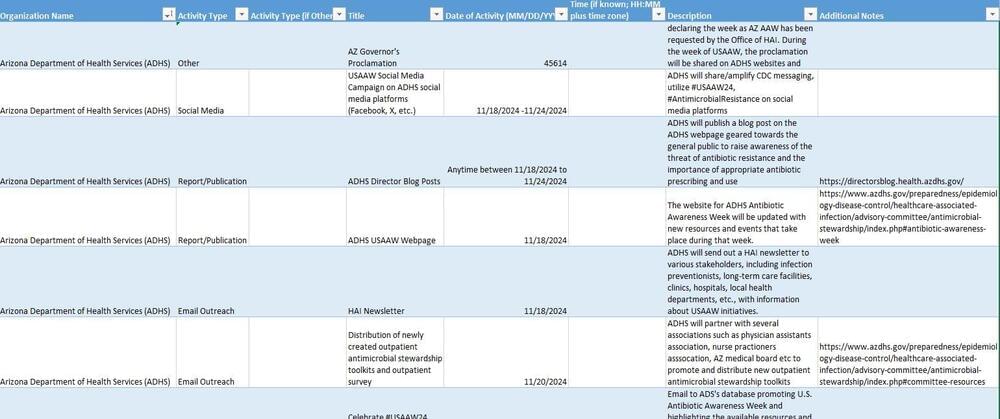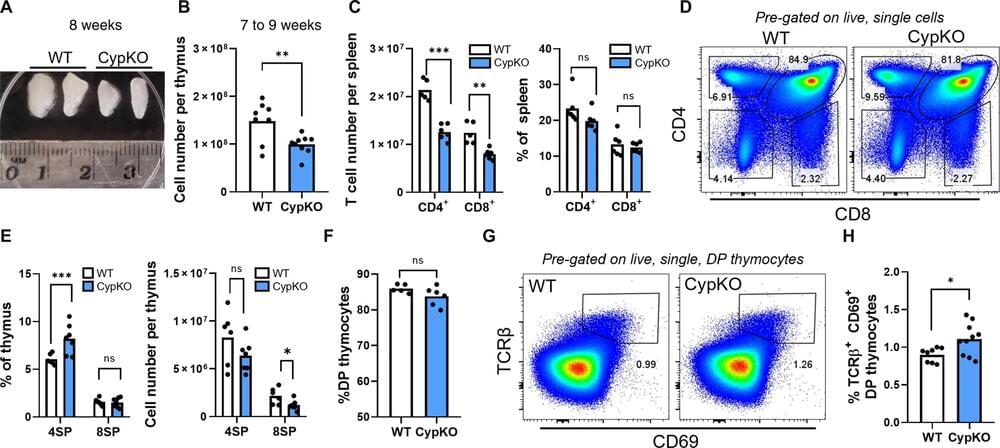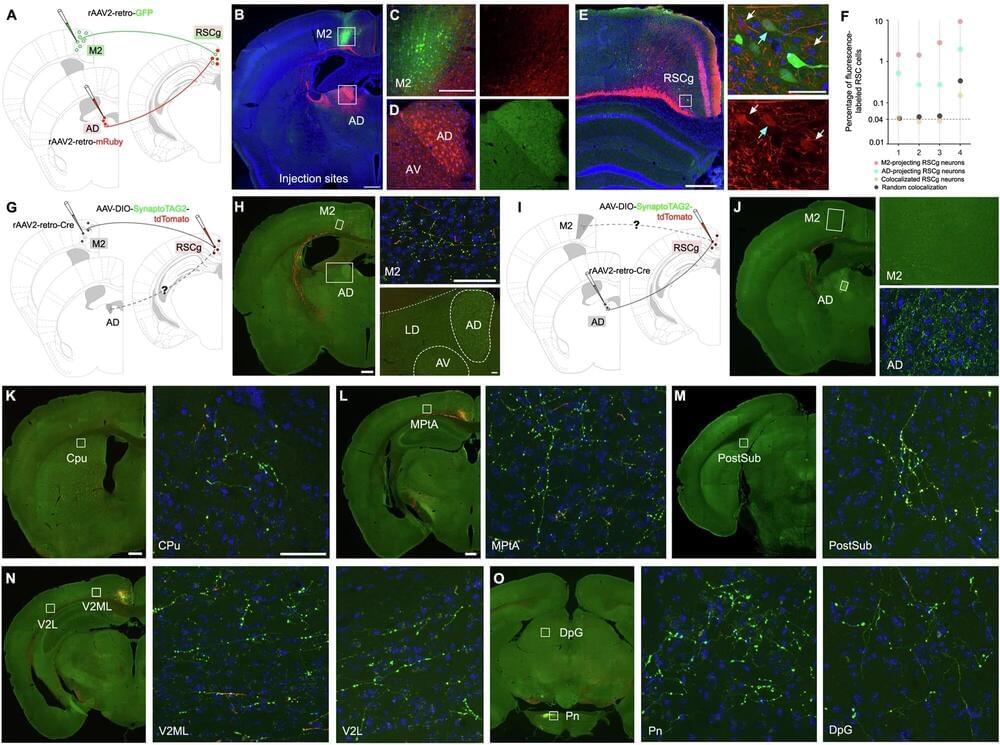‘Go Purple’ anytime during November 18–24 to show how we all play a role in fighting #AntimicrobialResistance. Learn how you can ‘Go Purple’ and encourage others to do the same for #USAAW24
- Use the daily themes and key messages to guide your activities during the week.
- Copy and share our sample social media messages and graphics.
- Learn more about Go Purple for USAAW and how you can participate.
- Use the hashtag #USAAW24 when sharing any USAAW related content.
- See how you can participate in CDC and other organization’s activities.
- Promote our resources to share important information about appropriate antibiotic and antifungal use, antibiotic stewardship, and antimicrobial resistance.
CDC is inviting families, friends, organizations, and communities to shine a spotlight on antimicrobial resistance by participating in Go Purple for USAAW. This nationwide effort encourages individuals to wear purple and bring purple to their social media and invites organizations, healthcare facilities, and municipalities to light up buildings and landmarks purple to bring awareness to the role everyone has in combating antimicrobial resistance.









